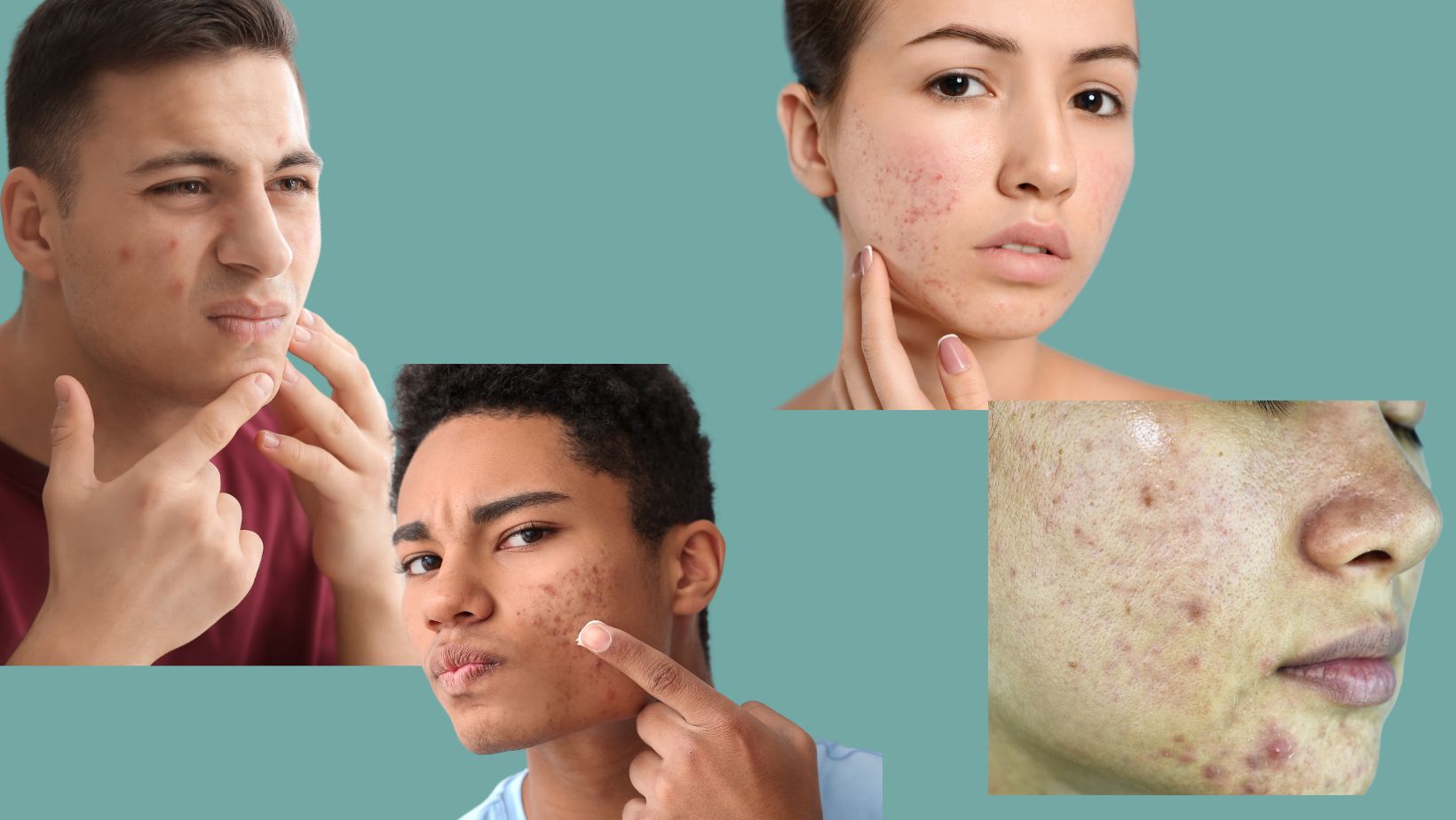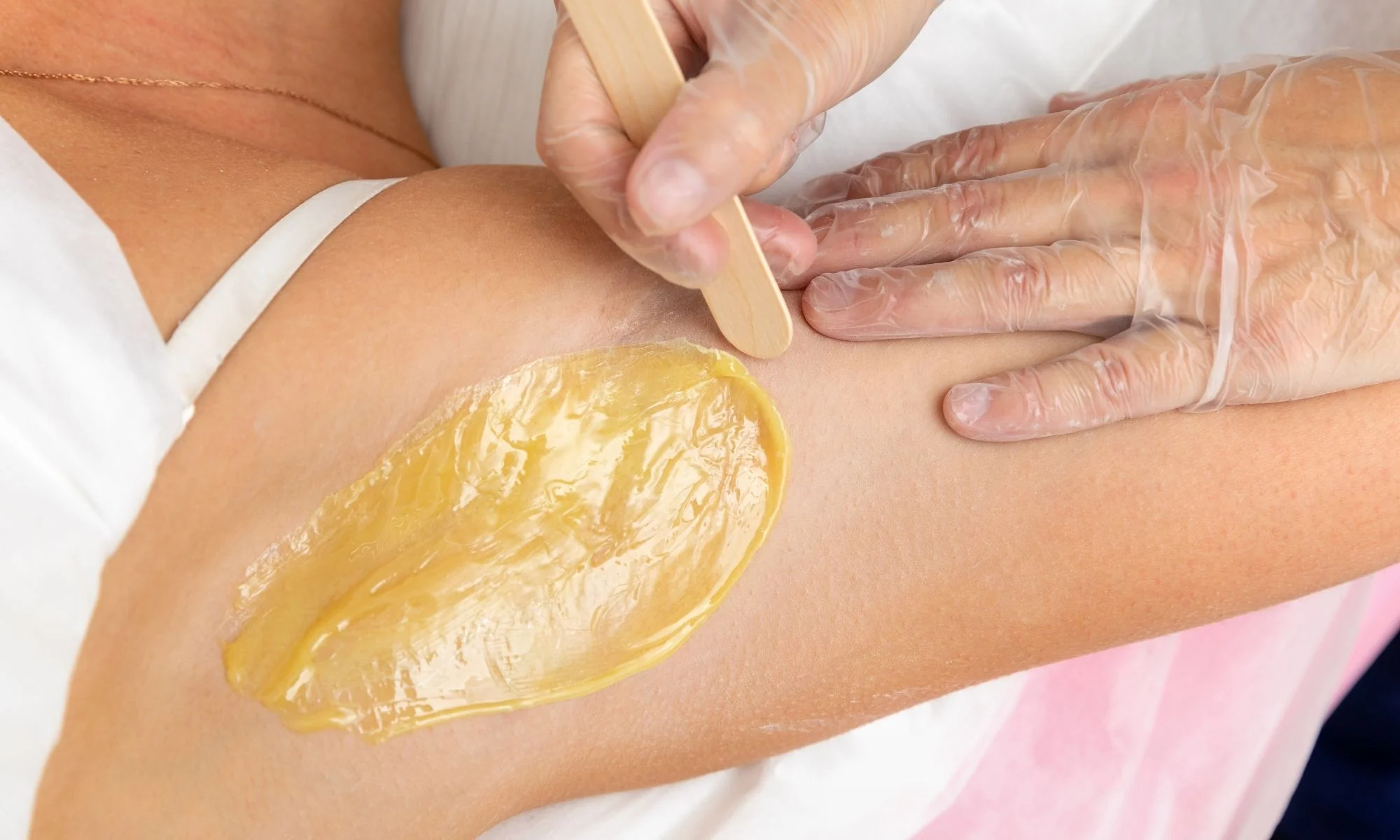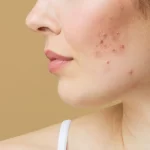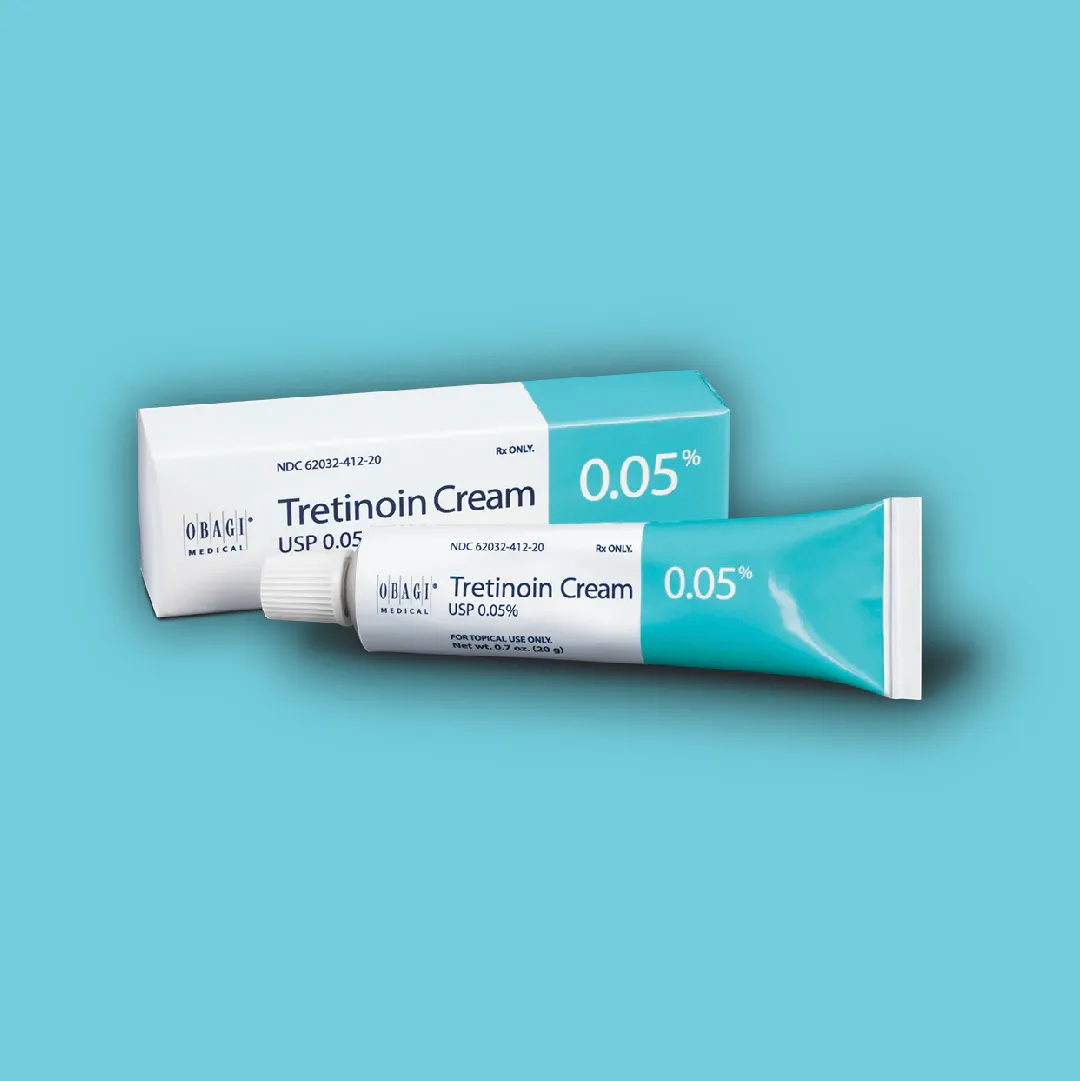Acne stands as one of the most prevalent skin conditions, affecting individuals across various age groups and backgrounds. While commonly associated with the turbulent years of adolescence, it remains a persistent issue for many into adulthood. The implications of this condition extend beyond physical discomfort; it is deeply intertwined with an individual’s self-esteem and mental wellbeing. The face of this skin problem is diverse, with lesions ranging from mild blackheads and whiteheads to more severe forms like cysts and nodules. Each type tells a unique story, influenced by an array of factors both internal and external. It is rooted in complexity, requiring a multifaceted approach to understand and manage it effectively.
Often underestimated, the impact on an individual’s life can be profound. The visible nature, particularly when it occurs on the face, can lead to feelings of self-consciousness and social withdrawal. For teenagers navigating the challenges of adolescence, the appearance can coincide with a critical time of identity formation and social development. Adults, on the other hand, may find the persistence or late onset equally challenging, as it defies the common perception of being a ‘teenage problem’. Regardless of age, the journey to clearer skin necessitates a comprehensive understanding of its origins, its various forms, and the available strategies for management and treatment.
What is Acne?
Acne vulgaris, the medical term, is a skin disorder that primarily targets the pilosebaceous units of the skin, encompassing hair follicles and sebaceous glands. These glands are responsible for producing sebum, an oily substance that helps to keep the skin moisturized. However, when an overproduction of sebum occurs, coupled with an accumulation of dead skin cells, the hair follicles can become clogged, leading to the formation of lesions. The areas most commonly affected are those with a higher concentration of sebaceous glands, including the face, neck, chest, back, and shoulders.
Understanding the types of lesions is crucial for effective treatment. Blackheads (open comedones) appear as small dark spots on the skin’s surface, resulting from the clogging of hair follicles with oil, dead skin cells, and bacteria. Whiteheads (closed comedones), similar to blackheads, are trapped beneath a layer of skin, appearing as small bumps. Papules are inflamed, tender bumps, while pustules are similar but filled with pus. Nodules and cysts are larger, painful lumps beneath the skin’s surface, with cysts being filled with fluid or pus. Recognizing these various forms is the first step in addressing the condition effectively.
Its association with hormonal fluctuations makes teenagers particularly susceptible; however, it can persist into adulthood. Hormones influence sebum production, and an imbalance can lead to excess oil, contributing to its development. While common during puberty, hormonal fluctuations can also occur due to menstrual cycles, pregnancy, and certain medical conditions, making a prevalent issue across different life stages. Understanding the basics, from its causes to its various forms, lays the foundation for effective management and treatment.
Causes of Acne
The development is a complex process, influenced by a combination of genetic, hormonal, and environmental factors. Hormonal fluctuations play a significant role, particularly during puberty, pregnancy, and certain stages of the menstrual cycle. Androgens, a group of hormones that includes testosterone, increase in both boys and girls during puberty, causing the sebaceous glands to enlarge and produce more sebum. Excess sebum can lead to the clogging of hair follicles, creating an environment conducive to its development.
Bacteria on the skin’s surface also play a crucial role in development. Propionibacterium acnes (P. acnes) is a bacterium commonly found on the skin. In individuals prone, this bacterium can proliferate within clogged hair follicles, triggering inflammation and the formation of inflammatory lesions. The body’s immune system responds to this bacterial overgrowth, leading to redness, swelling, and pain associated with the condition. Genetics and family history contribute to an individual’s susceptibility. If your parents or siblings have struggled, you may be more likely to develop the condition.
Lifestyle choices and external factors add another layer to its complexity. Diet, stress, cosmetic products, and specific skincare routines can all influence development and severity. High-glycemic foods and dairy products have been linked, though research is ongoing. Stress, through its ability to trigger hormonal fluctuations, can exacerbate, making stress management an essential aspect of care. Cosmetic products and skincare routines should be carefully selected, opting for non-comedogenic (non-pore clogging) products and gentle cleansing practices.
How to Manage Your Acne
Effective management requires a holistic approach, addressing both the physical manifestations and the underlying causes. Adopting a proper skincare routine is paramount. Gentle cleansing, using a mild, non-comedogenic cleanser, helps to remove excess oil, dirt, and makeup without irritating the skin. Topical treatments containing ingredients such as benzoyl peroxide, salicylic acid, and alpha hydroxy acids can aid in unclogging pores and reducing inflammation. Moisturizing is crucial for maintaining skin balance, and using non-comedogenic moisturizers helps to hydrate the skin without contributing to the condition. Sun protection, through the daily application of a broad-spectrum sunscreen, protects against UV damage and helps to prevent post-inflammatory hyperpigmentation.
Beyond skincare, lifestyle modifications can significantly impact management. Diet plays a role, and reducing the intake of high-glycemic and dairy products may contribute to clearer skin. Stress management, through practices such as yoga, meditation, and regular exercise, helps to mitigate the hormonal fluctuations associated with stress. An essential rule in care is to avoid touching the face, and particularly resist the urge to pick or squeeze lesions, as this can lead to scarring and infection. Hydration, through sufficient water intake, supports overall skin health, contributing to the journey toward clearer skin.
For persistent or severe conditions, seeking the guidance of a dermatologist is crucial. Dermatologists possess the expertise to assess your skin, provide a proper diagnosis, and recommend a tailored treatment plan. Over-the-counter treatments may be sufficient for mild cases, but more severe forms may require prescription medications or dermatological procedures. Regardless of the severity, patience is key, as finding the most effective treatment strategy may involve a period of trial and error.
Medical Treatments
When acne proves resistant to over-the-counter treatments and lifestyle changes, medical interventions become a valuable option. Dermatologists are equipped to offer a range of prescription medications tailored to the severity and type of acne experienced. Topical retinoids, derived from vitamin A, are commonly prescribed to promote cell turnover, unclog pores, and reduce the formation of acne lesions. Oral antibiotics may be used to combat bacterial infection and reduce inflammation for moderate to severe acne. However, their long-term use is often avoided to prevent antibiotic resistance.
For women experiencing hormonal acne, oral contraceptives can offer a dual benefit of birth control and acne management. These medications work by regulating hormones that trigger excess oil production. Spironolactone, another medication used to treat hormonal acne, works by blocking androgen receptors and reducing sebum production. It is particularly beneficial for women who experience adult hormonal acne, providing a targeted approach to managing the condition.
In addition to medications, dermatological procedures can also play a role in acne management. Chemical peels, utilizing acids to exfoliate the skin, help to clear clogged pores and reduce the appearance of acne scars. Light and laser therapies target the bacteria and excess oil associated with acne, offering a non-invasive treatment option. For deep, cystic acne, a dermatologist may perform drainage and extraction procedures to relieve pain and reduce the risk of scarring. It’s important to have realistic expectations and understand that these procedures may require multiple sessions for optimal results.
Prevention and Maintenance
Achieving clear skin is a victory, but maintaining it requires ongoing effort and a proactive approach to skincare. Consistency in a gentle, non-comedogenic skincare routine lays the foundation for acne prevention. Regular cleansing, moisturizing, and sun protection are non-negotiable elements in maintaining skin health. Exfoliation, conducted once or twice a week with a gentle exfoliator, helps to remove dead skin cells and prevent clogged pores.
Lifestyle choices continue to play a significant role in acne prevention. A balanced diet, rich in fruits, vegetables, whole grains, and lean proteins, supports overall health and contributes to skin health. Regular exercise, while promoting physical wellbeing, also helps to manage stress, a known trigger for acne. It’s important to shower after exercising to remove sweat and bacteria from the skin, particularly if acne occurs on the body. Regular check-ups with a dermatologist remain an essential part of acne prevention, especially for those with a history of severe acne. Even in the absence of active acne, periodic dermatological consultations ensure that the skin remains in its best condition, and any potential issues are addressed proactively.
Navigating the world of acne requires a comprehensive understanding of its causes, diverse manifestations, and the spectrum of available treatments. It is a condition that extends beyond the surface of the skin, impacting individuals’ self-esteem and quality of life. By adopting a holistic approach to acne management, incorporating a balanced skincare routine, lifestyle modifications, and professional guidance when necessary, clearer skin becomes an attainable goal.
Acne is a journey, marked by ups and downs, and requires patience and persistence. Demystifying this complex condition empowers individuals to take control of their skin health, making informed decisions and adopting strategies that lead to lasting results. Clear skin is not just about aesthetics; it is a reflection of overall wellbeing and the result of consistent care and attention. With the right knowledge and tools at your disposal, the path to clearer, healthier skin is within reach.








